On View
AI-Generated Art Just Got Its First Mainstream Gallery Show. See It Here—and Get Ready
The show "Gradient Descent" at Nature Morte brings together works made by seven artists working with artificial intelligence.

The show "Gradient Descent" at Nature Morte brings together works made by seven artists working with artificial intelligence.

Naomi Rea

After years of quiet percolation, the art world is suddenly waking up to the creative and market potential of AI-generated art.
Earlier this year, the Grand Palais museum in Paris staged a show examining the medium, and this month, Christie’s announced it will be auctioning off a work made by an artificial intelligence in October. Now, one of the largest contemporary commercial galleries in India, Nature Morte, has become the first mainstream gallery to take the nascent art form seriously.
“Gradient Descent,” on view through September 15 at the New Delhi gallery, is a group show including works created entirely by computers in collaboration with seven international artists: Harshit Agrawal, Memo Akten, Jake Elwes, Mario Klingemann, Anna Ridler, Nao Tokui, and Tom White.
Gallery director Aparajita Jain tells artnet News that it couldn’t afford to ignore the field of AI-made art because of how she believes it is going to impact the art world. And while she was initially shocked to find out how far AI has already come in the creative field, Jain wants to dispel the idea that it will replace artists in the same way it is replacing human workers in other fields.
“Our intent is not to say you’re replaceable,” Jain explains. “Our intent is to stay with the times and ahead of the times.”
Jain says that the fear of AI-generated art isn’t always based in reason. After all, she points out, a human is behind the algorithm. “The apocalyptic nature of AI is an irrational fear in our heads, at least in the space of creativity,” she says, emphasizing that ultimately, it is an artist’s name on the work (and the paycheck), not a machine’s.

Mario Klingemann, 79530 Self-Portraits (2018). Installation “Gradient Descent” at Nature Morte. Courtesy of Nature Morte, New Delhi.
In that vein, Jain sees AI becoming a new tool for artists—one with its own creative component, similar to a creative collaborator. In fact, she compares AI’s rise to the advent of photography and video, which created permanent changes in the way artists worked. She believes the technology should be taught at art school.
“The more we fear something, the more we get controlled by it. If we understand it, we can use it as a tool,” Jain says, adding that she wants the “Gradient Descent” show to alert artists that they can choose to use AI as part of their practice.
Jain says the exhibition has had a “phenomenal reception” in India, and Nature Morte has already sold two prints by the New Zealand-based artist Tom White. The gallery, she says, is also in conversations with buyers regarding some of the video works in the show.
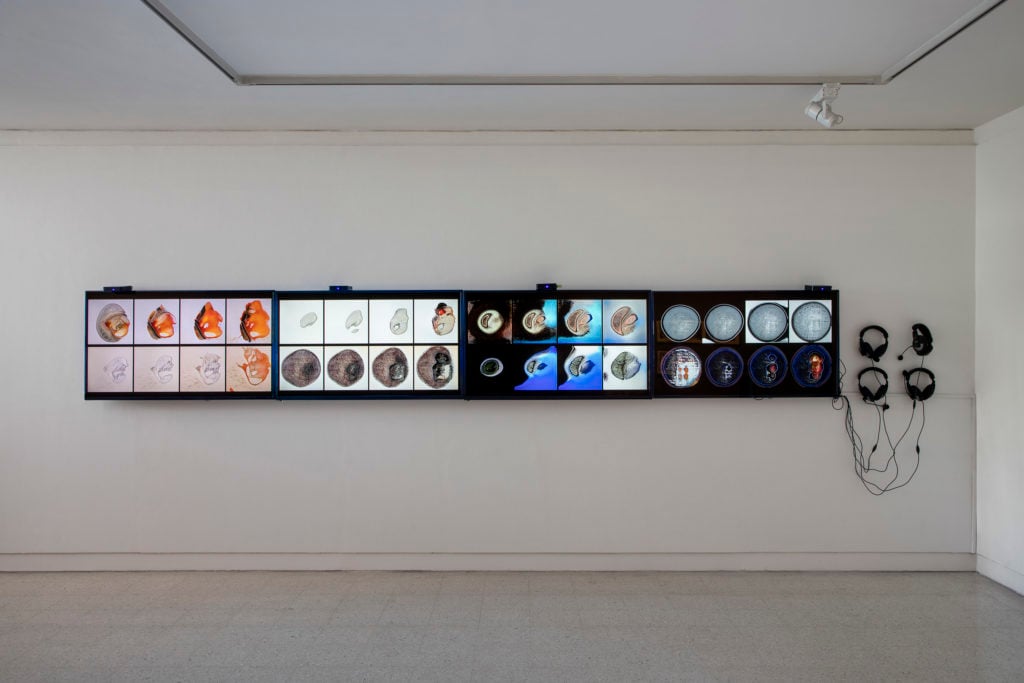
Memo Akten, Deep Meditations (2018). Installation “Gradient Descent” at Nature Morte. Courtesy of Nature Morte, New Delhi.
More than a gimmicky showcase of machine-made art, “Gradient Descent” was curated by 64/1, an art curation and research collective founded by artist Raghava KK and economist Dr. Karthik Kalyanaraman. The duo extensively researched the field and all of its 40-some practitioners as part of the curatorial process before settling on the seven featured artists. Notably, the works in the show betray no resemblance to one another, an interesting outcome given that the artists used similar platforms to create them.
Jain says it’s worth paying attention to this moment. “I think it’s one of the first times in my own career that I have seen the beginning of a movement,” she says. “I feel like we’re on the cusp of something potentially pretty large.”
See some more images from “Gradient Descent” below:
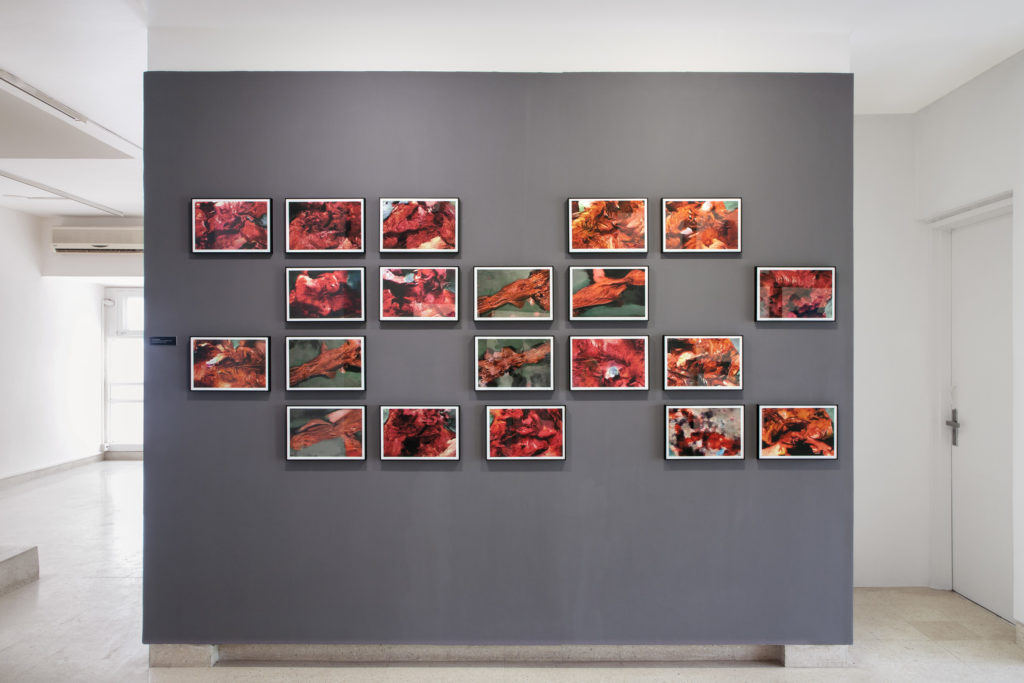
Harshit Agrawal, The Anatomy Lesson of Dr. Algorithym (2018). Installation “Gradient Descent” at Nature Morte. Courtesy of Nature Morte, New Delhi.
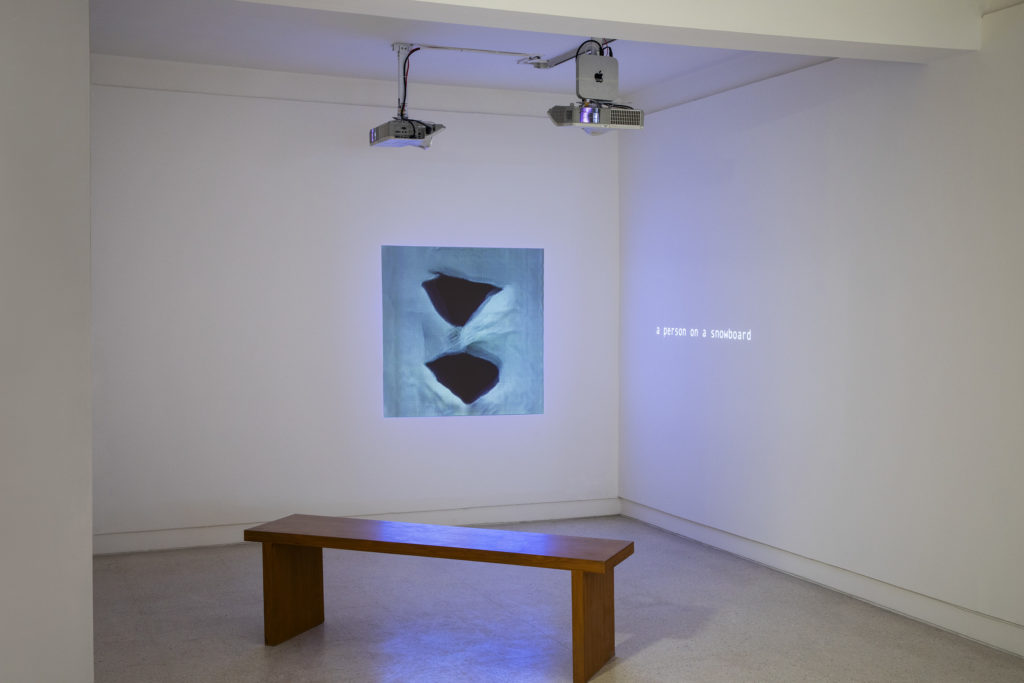
Jake Elwes, Closed Loop (2018). Installation “Gradient Descent” at Nature Morte. Courtesy of Nature Morte, New Delhi.
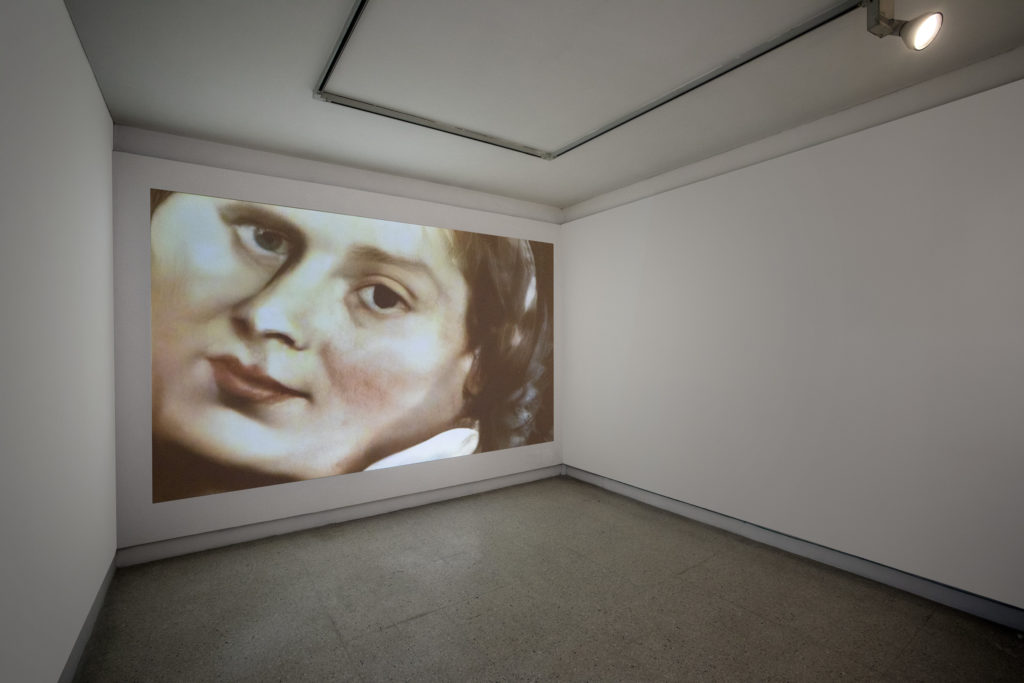
Mario Klingemann, 79530 Self-Portraits (2018). Installation “Gradient Descent” at Nature Morte. Courtesy of Nature Morte, New Delhi.
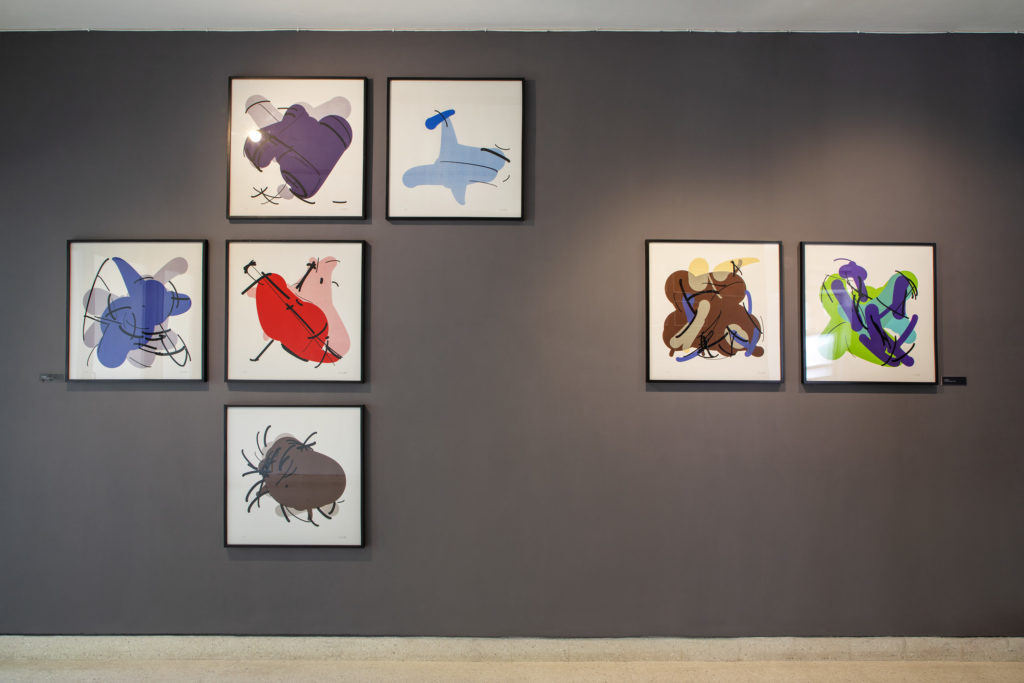
Tom White, series “Perception Engines” (2017) and “Synthetic Abstractions” (2018), the other group is ‘Perception Engines’.. Installation “Gradient Descent” at Nature Morte. Courtesy of Nature Morte, New Delhi.
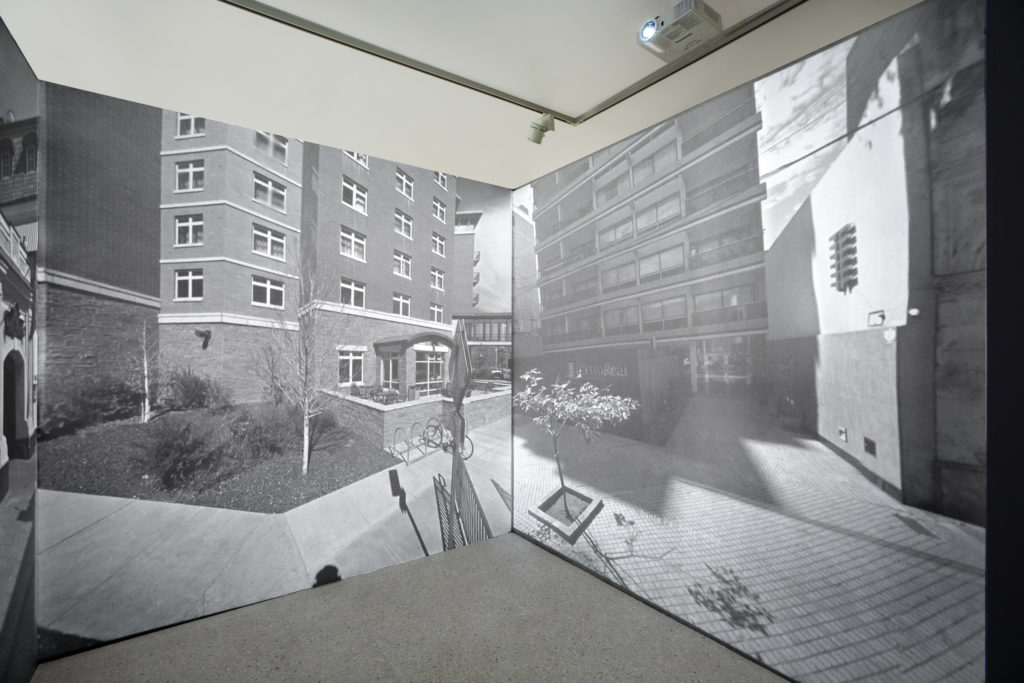
Nao Tokui, Imaginary Landscape (2018). Installation “Gradient Descent” at Nature Morte. Courtesy of Nature Morte, New Delhi.
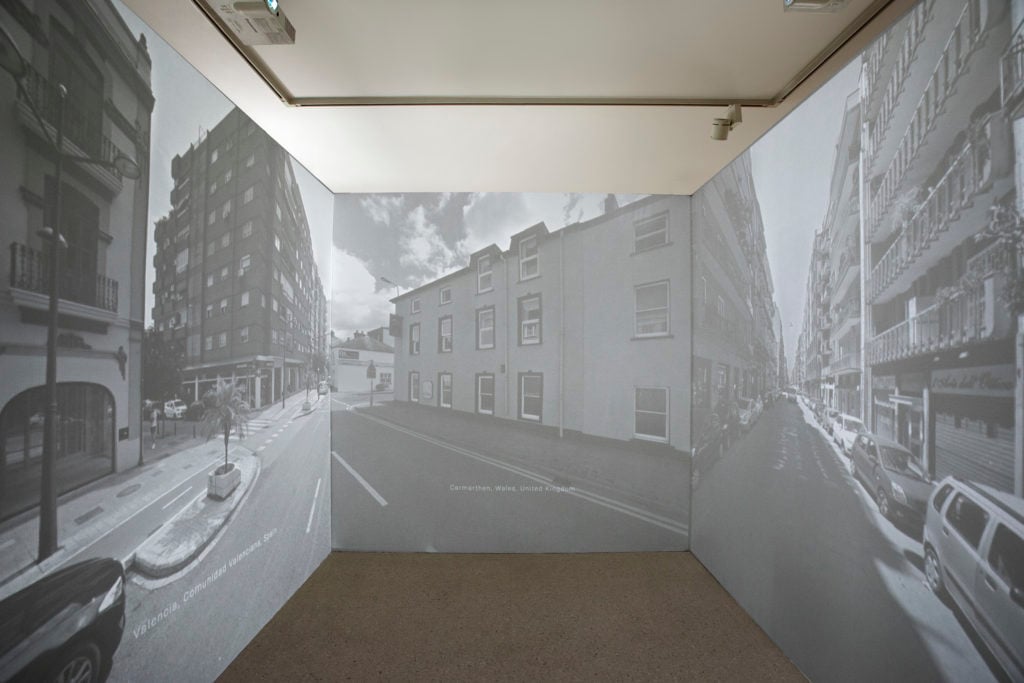
Nao Tokui, Imaginary Landscape (2018). Installation “Gradient Descent” at Nature Morte. Courtesy of Nature Morte, New Delhi.
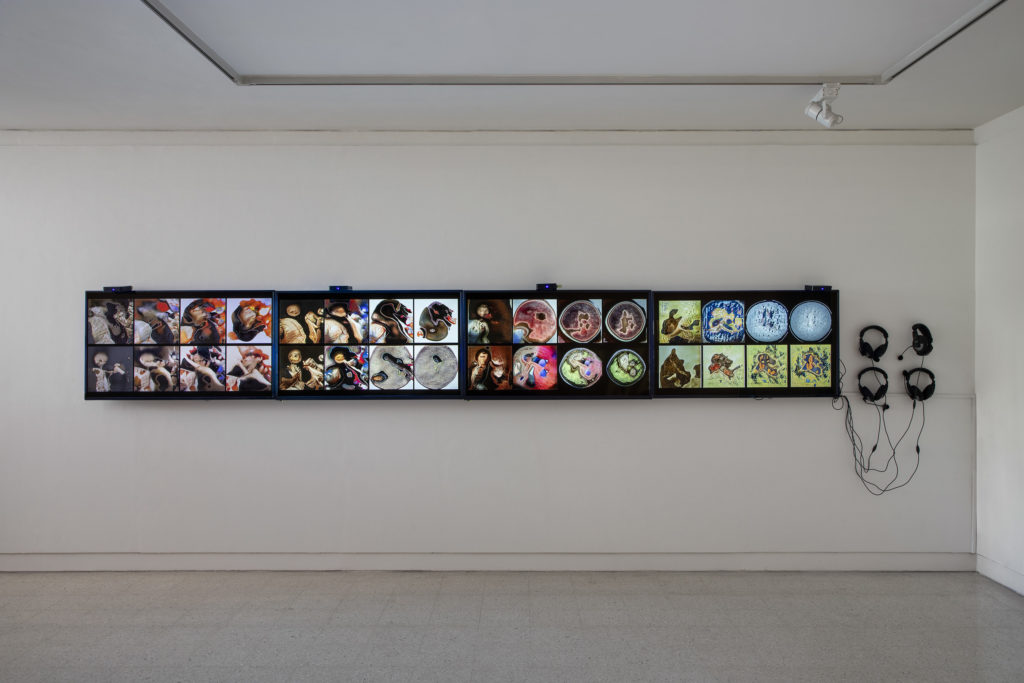
Memo Akten, Deep Meditations (2018). Installation “Gradient Descent” at Nature Morte. Courtesy of Nature Morte, New Delhi.
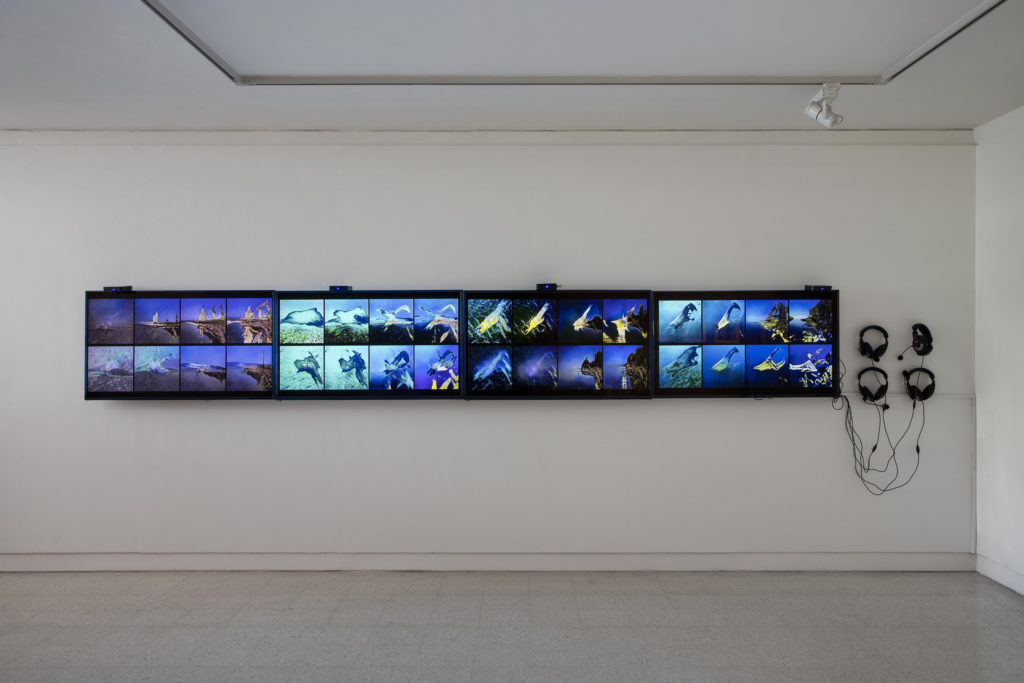
Memo Akten, Deep Meditations (2018). Installation “Gradient Descent” at Nature Morte. Courtesy of Nature Morte, New Delhi.
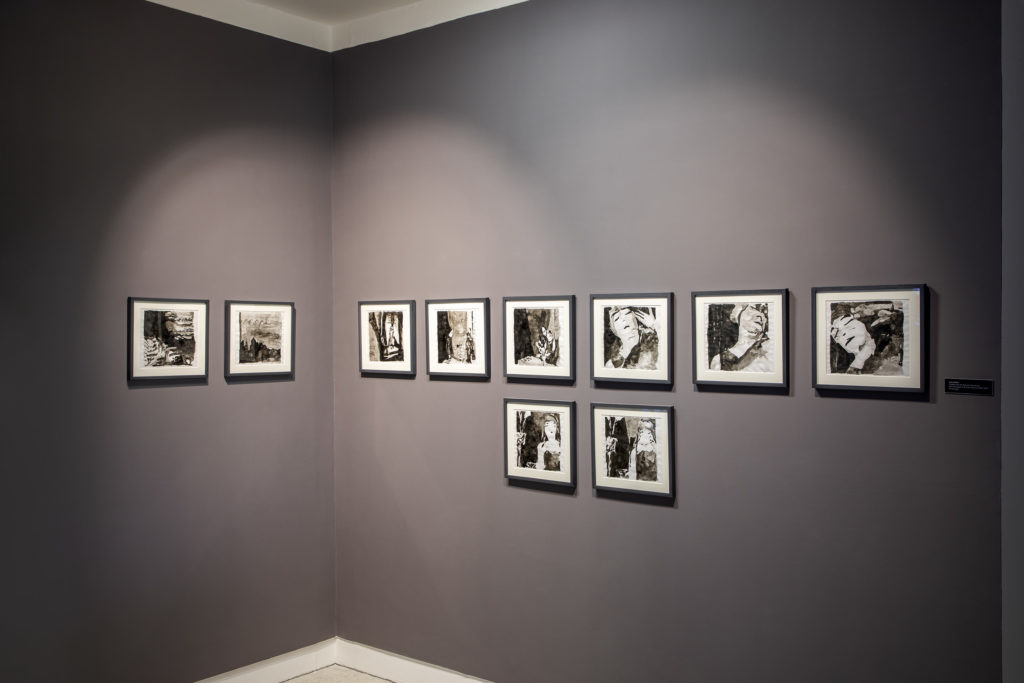
Anna Ridler, The Fall of the House of Usher (2018). Installation “Gradient Descent” at Nature Morte. Courtesy of Nature Morte, New Delhi.
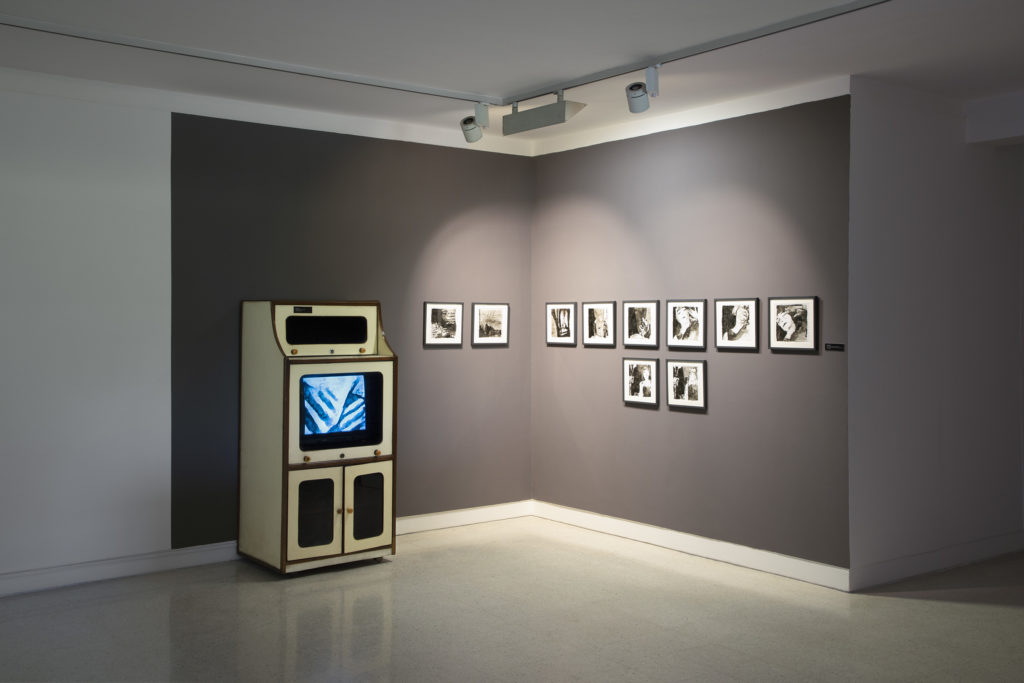
Anna Ridler, The Fall of the House of Usher (2018). Installation “Gradient Descent” at Nature Morte. Courtesy of Nature Morte, New Delhi.
“Gradient Descent” is on view through September 15, 2018, at Nature Morte in New Delhi, India.